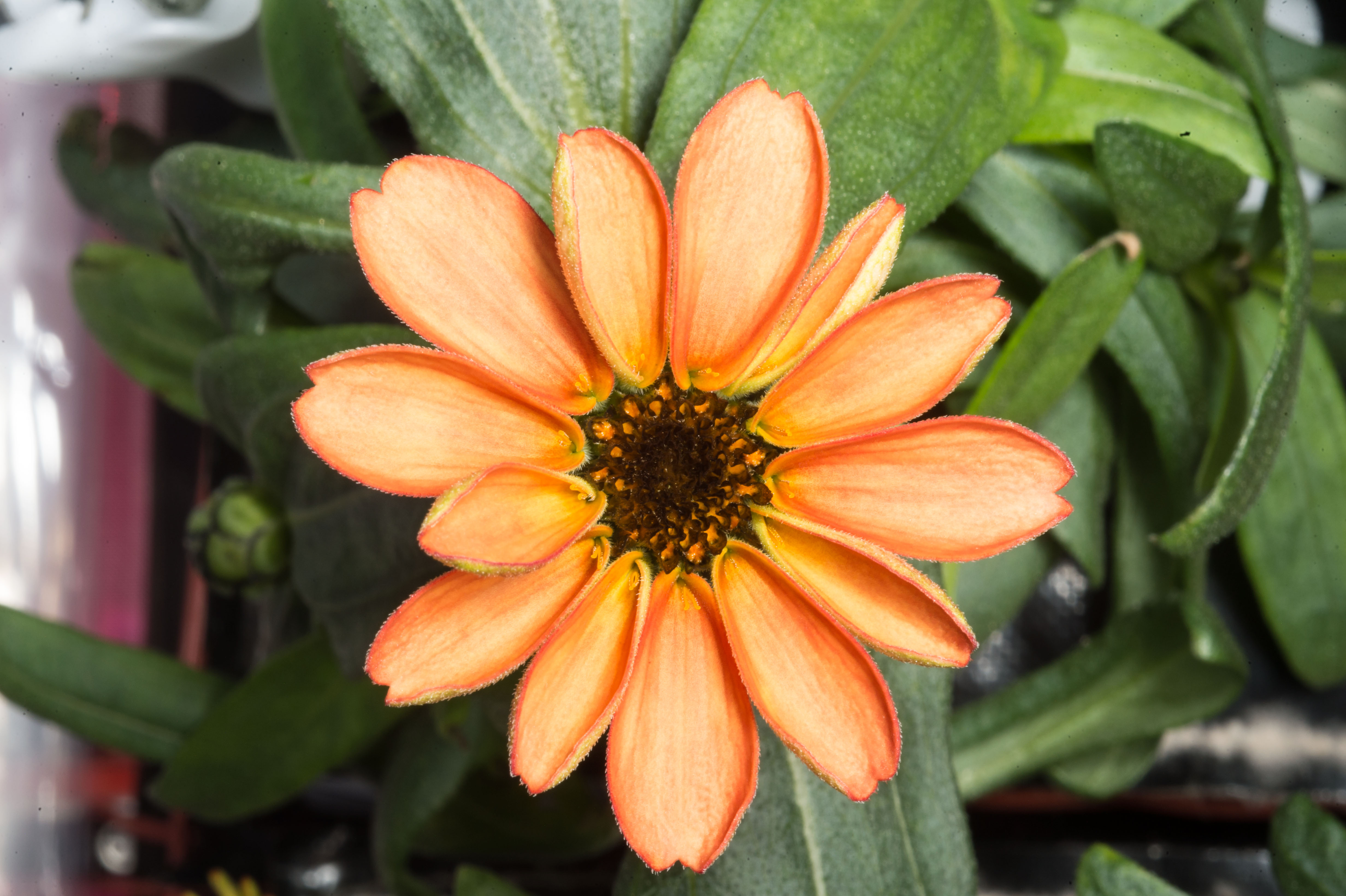Teaching Through Trade Books
The Dynamics Within Ecosystems
Complex systems are key to keeping the natural world working normally. This month’s activities help students understand what a system is and build this concept around the idea of ecosystems. Younger students focus on plants, their needs, and where and how an ecosystem can sustain them. Older students, meanwhile, consider how an animal gets its food and what we know about that animal’s diet. Then, they construct a simple food chain to trace remnants of an owl’s food backward to plants.
This Month’s Trade Books
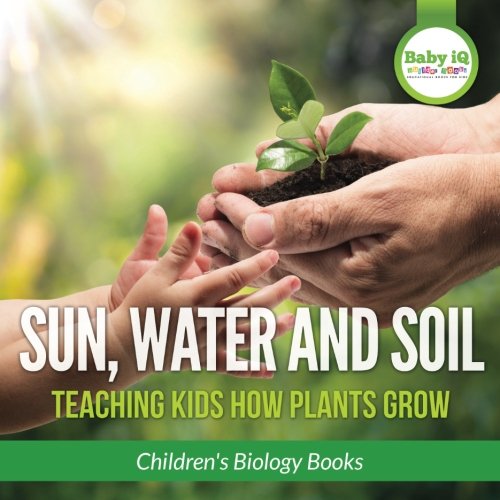
Children’s Biology Books
ISBN: 978-1-68374-703-1
Baby iQ Builder Books
40 pages
Grades K–2
Synopsis
Students are introduced to what a plant needs to grow and thrive. Not only does the book describe what the plant needs to grow, but it also describes why these things are important to a plant’s health. Large-print text and photographs help young readers engage with the information.
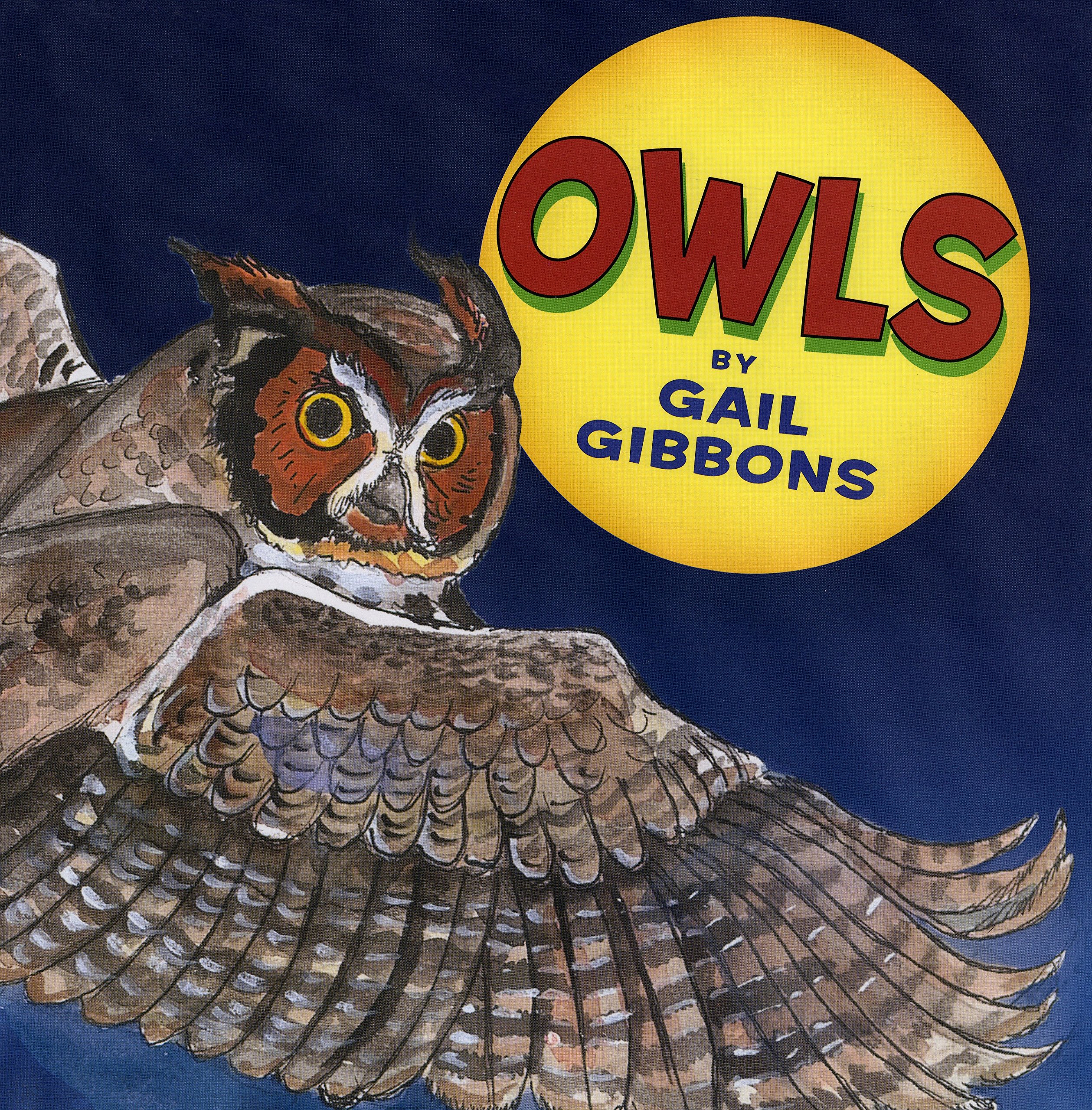
By Gail Gibbons
ISBN: 978-0234-18804
Holiday House Books
32 pages
Grades 2–4
Synopsis
Through vivid illustrations, text, and informational sidebars, the reader is introduced to the characteristics of owls, including their feeding habits.
Grades K–2: Growing Plants
Purpose
To design investigations and test different variables to determine what a plant needs to grow.
- Sun, Water, and Soil: Teaching Kids How Plants Grow
- Grow Sheet (see NSTA Connection)
- paper cups
- potting soil
- sand
- clay
- seeds (zinnias, marigolds, or daisies)
- Zinnias in Space (see NSTA Connection)
- Teaching Through Trad
Engage
Teacher note: Information about growing plants in space can be found under Internet Resources, as well as on the Zinnias in Space summary sheet (see NSTA Connection).
Show students the photo of zinnias that were grown aboard the International Space Station by astronaut Scott Kelly (see Internet Resources). Tell students that these plants were grown in space and allow them to ask questions. Ask students, “What do plants need to grow, whether they are on the Earth or in space?” Allow students to discuss their ideas and record them on the board. Once students have made a list, tell them that they are going to become plant scientists and determine how plants grow under different conditions.
| TABLE 1 | ||||||||||||||
|---|---|---|---|---|---|---|---|---|---|---|---|---|---|---|
|
||||||||||||||
Explore
Break students into teams of three and explain that each team will be responsible for testing a different variable that plants need: water, sunlight, soil, space, air, or temperature. Tell students that they will design their own experiments. Ask each team to brainstorm three different ways they could change the variable they are assigned. For example, the temperature team could place a plant in a regular classroom, a refrigerator, and a hot location (such as a small classroom greenhouse) to investigate the effects of temperature. As students brainstorm ways to test their particular variable, ask them to record their answers on the Grow Sheet (see NSTA Connection). Once they have determined, with guidance if necessary, how they will test their variable, have students discuss how they will keep all other factors consistent, and what that means. This part of the investigation might require some additional oversight from the teacher.
Teams first examine a table describing questions their teams might investigate (Table 1, p. 21). Provide each team with small paper cups that are prepared with holes poked into the bottom. Model for students how to fill each cup approximately halfway with soil, measure out the soil amount, place one to two seeds in the cup, and cover the seeds with more soil and water. It is important to note that this general process will be slightly different based on the variable being investigated. Then, allow students to go through the process of planting their seeds. They could try zinnias, similar to Kelly, or marigolds or daisies. Have them record the variables on their Grow Sheet. Also establish a watering schedule for the entire classroom to keep this variable consistent; only the water team will follow a different schedule. Have the children observe the plants every two to three days and record their observations. After a period of about two weeks, ask them to discuss what happened within their team and between other teams, and under which conditions the plants grew best. Ask them to record the information and ideas through sketches or words on their student sheet.
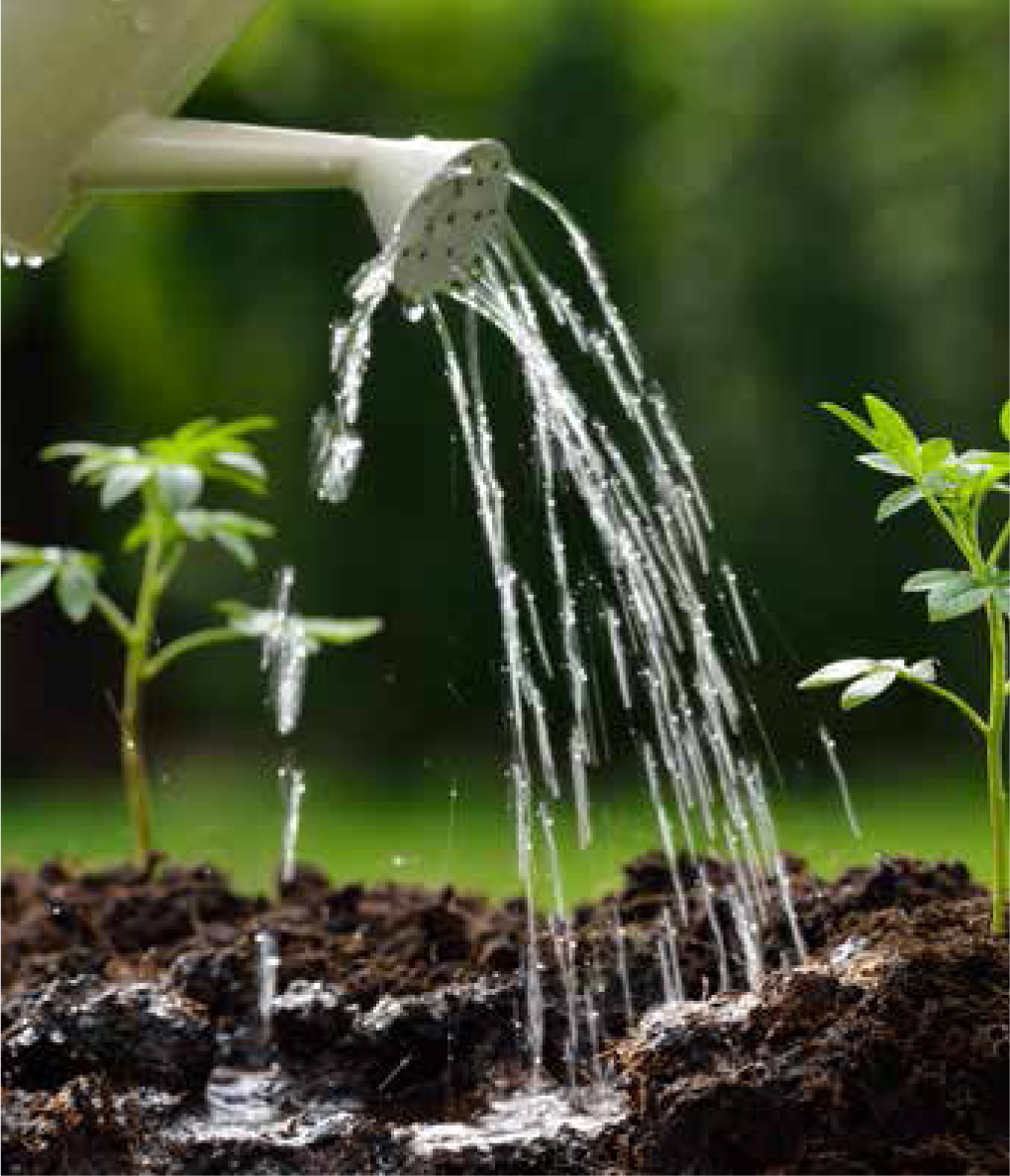
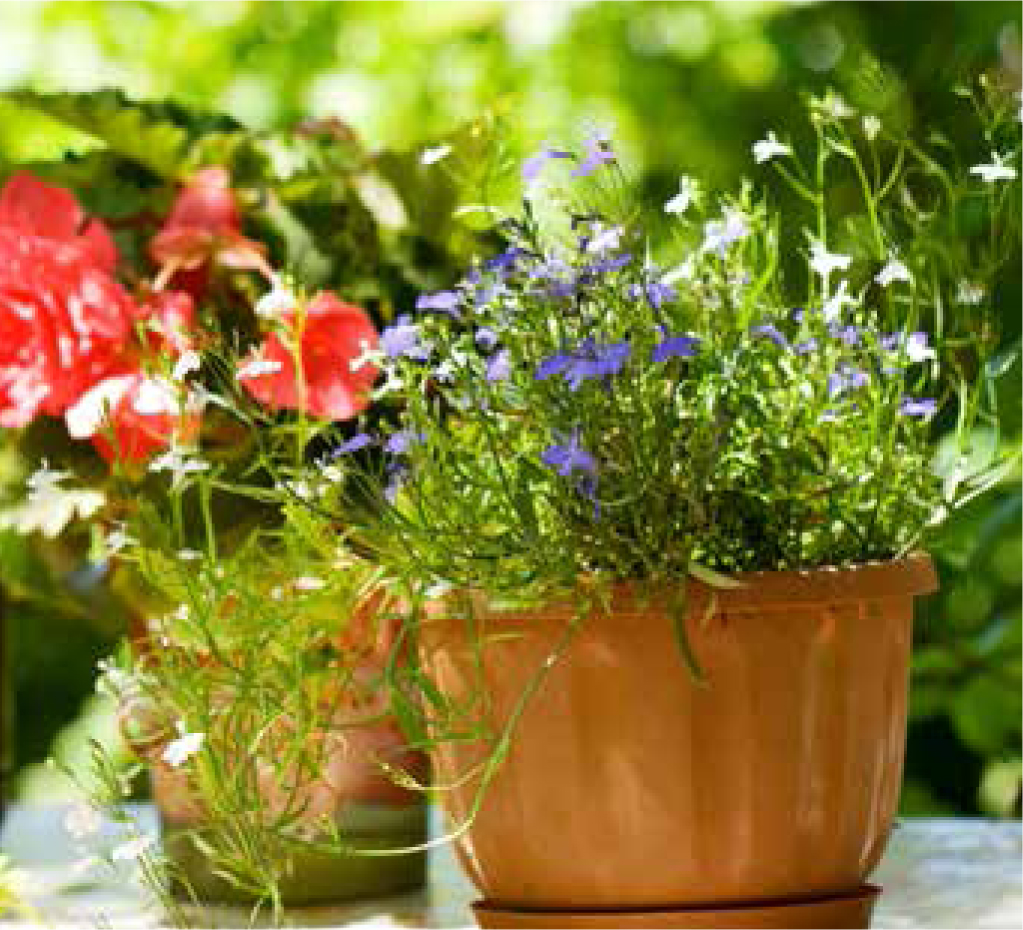
Explain
Following the investigation, read Sun, Water, and Soil: Teaching Kids How Plants Grow to the class, stopping at the following points.
- p. 1: Allow students to discuss the questions that are posed to readers.
- p. 7: Ask students to consider what humans need to grow.
- p. 8: Discuss the things plants need to grow, including the meaning of the word “nutrients.”
- As each of these needs comes up, discuss what they mean: water, soil, clean air, sunlight, temperature, space, time.
Ask students to consider where and how their investigation provided each of these things to their plants. Questions to help focus the discussion, based on the temperature example above, might include: “What did you notice about the plants that grew in different temperatures? How does this connect to the information presented in the book?” Allow students from different teams to ask questions and assist their peers in providing answers.
Elaborate
In the August 2018 Teaching Through Trade Books column, the activity for K–2 students used a story called Tree Lady, about a woman who grew many different types of trees in a city that had very few. Students conduct an investigation based on the story to determine what is needed to grow a variety of different plants.
In the activity that was just conducted, the plants remained consistent, whereas other variables changed. To help students realize that different plants have different needs, conduct the activity found in the Explore section of that column called “Becoming Gardeners” (see NSTA Connection). After completing that investigation and growing different plants, have students compare their experiences through a discussion. Connect the discussion back to the story of Scott Kelly by explaining that we need to learn how to grow different plants in space so that humans can live in space for longer periods.
Evaluate
Students describe their initial understandings of what a plant needs to grow before testing different variables (e.g., sunlight, temperature) in an investigation. Within this investigation, students arrive at a conclusion about what helped a plant grow best. During the Explain phase, students connect their findings to the information presented in the text. They then compare a different investigation to determine what happens when the variable being tested is plant type.
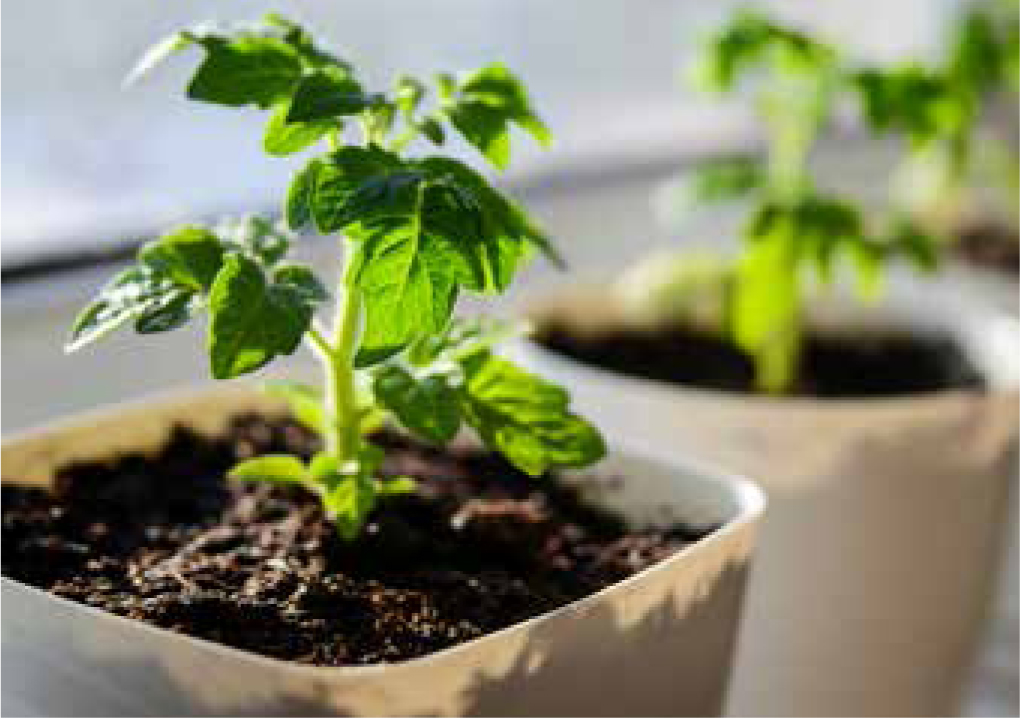
NSTA Connection
Download the student sheet, “zinnias in space,” and identification chart at www.nsta.org/SC0419.
Grades 3–5: An Owl’s Lunch
Purpose
To determine what an owl eats and explain by constructing a food chain showing how an owl gets energy.
- Owls
- Whooo Was for Lunch? Student Sheet (see NSTA Connection)
- rubber gloves
- tweezers
- dissecting needles
- paper plates
- picture of an owl
- liquid glue
- owl pellets
- Owl Pellet Bone Identification Chart (see Internet Resources)
- video clip (see Internet Resources)
Engage
Begin by showing students the cover of the book Owls by Gail Gibbons and asking them to share what they already know about owls. Keep a list of the responses on the board and, after students have exhausted their brainstorming ideas, ask them to consider which items, if any, help an owl obtain food and energy. Have students focus on the idea that owls, like all animals, need to obtain food from their environment to survive. Then, share the story with students and ask them to discuss the following points:
- pp. 2–3: At what time of day do you think an owl is active? What about the pictures in the story give you that idea?
- pp. 4–5: What adaptation does the owl have that helps it grab the field mouse? Describe what a raptor is.
- pp. 6–9: What are some other characteristics of owls?
- pp. 10–13: Because owls hunt at night, what are some physical features that help them find prey in the dark?
- pp. 14–17: Using both the text and illustrations, list different things that an owl will eat.
- pp. 18–19: What is an owl pellet? What can scientists use owl pellets to determine?
- pp. 26–28: How do new owlets get their food before they can fly?
Explore
For this activity, purchase owl pellets from a science supply company (rather than using ones found at a nesting site, as the purchased ones are sterilized). Students should wear rubber gloves and carefully wash their hands following any interaction with the pellets. Tools used for dissection such as tweezers and dissecting needles can be sharp, so students should be reminded about using them with care.
Return to page 18 in the text and re-read it to the class. Ask students to carefully look at the illustrations. Then, ask them to answer the following questions on their Whooo Was for Lunch? Student Sheet (see NSTA Connection):
- What might be found in an owl pellet?
- What type of information can be determined from dissecting an owl pellet?
- How is an owl pellet formed?
Share the video “Barred Owl Regurgitating a Pellet” (see Internet Resources), and explain to students that they are now going to dissect owl pellets to determine what an owl might have eaten. Provide each student with rubber gloves, an owl pellet, tweezers, a paper plate, and a dissecting needle. Ask students to make observations about the owl pellet before starting to dissect it and record their observations on their student sheet. Model for students how to carefully pull apart the owl pellet, separating the fur from any bones that are present, and note that the bones are often very small, so they must look closely. Students can use the Owl Pellet Bone Identification Chart (see Internet Resources) to help them identify different types of animals commonly caught by owls. The pictures on the chart break down the bones by type, such as skull, jaw, hip, and front and back leg, so that the user can match the type of bone they find with a possible animal skeleton. Ask students why the chart is a useful tool in identifying what an owl may have eaten.
Now that students have separated the bones from the fur, and reviewed different types and shapes of bones, ask them to assemble the skeleton of the animal the owl might have eaten. To do this, the best option is to choose one of the skulls found within the owl pellet and start there. Students can use the Bone Identification Chart to find and select the correct bones for that animal. They can also use the Owl Pellet Bone Sorting Chart (see Internet Resources) to identify where the bone would be in the skeleton. Have students glue their bones down in the proper location on the skeletal outline so that they are able to discuss the bones.
Explain
Next, students should share their skeletons with the other members of the class and explain what animal they constructed from the bones within the owl pellet. Engage students in a conversation about what they have observed and questions they may have regarding the skeletons. Questions should focus on the types of animals that the owl ate, and why it is important for the owls to continue to eat. Ask students to ponder why they have not found any large animals’ skeletons. They should be able to refer to information from the book: If an owl can’t swallow its kill, it will tear it apart and therefore likely not have the entire skeleton in its body.
Elaborate
Place a picture of an owl on the board and ask students to use their prior knowledge to list the different types of animals the owl might eat. Write the names of the animals that the owl may have eaten on a single line below the owl’s picture.For example, if they found a mouse, they might say that it ate seeds, nuts, flowers, mushrooms, insects, worms, and crickets. If they list an insect or a worm or other animal, ask them to continue to list what that animal eats. Ultimately, it is important that the last thing listed is some type of plant. By doing this, the teacher is starting to construct a food chain on the board, starting at the top with the owl. The goal is to show how owls get their energy from other animals, which ultimately get their energy from plants. Discuss with students the idea of a food chain, and that the owl is the top consumer. Challenge students to defend the concept that all animals get their energy from plants. They will do so by following the food chain backward.
Evaluate
Students demonstrate and increase their understanding of what types of things an owl eats by constructing a skeleton from the bones found within an owl pellet. They discuss their understanding that the food of any animal is connected to plants by constructing a food chain.



